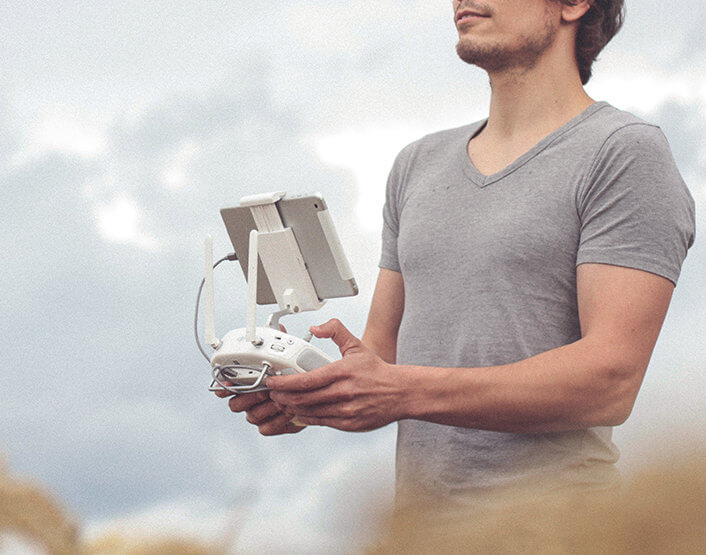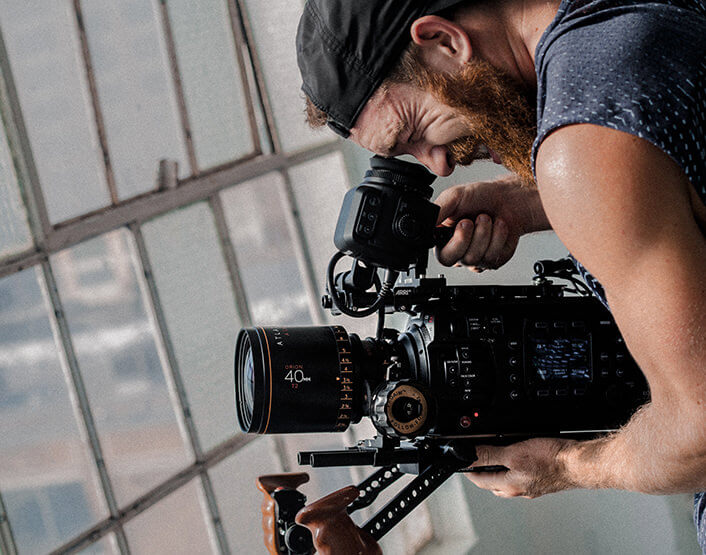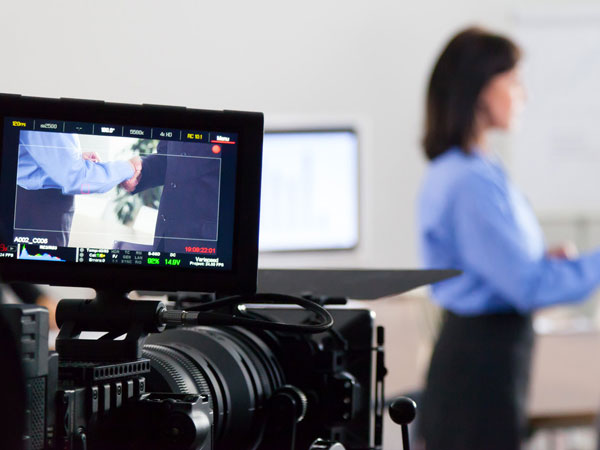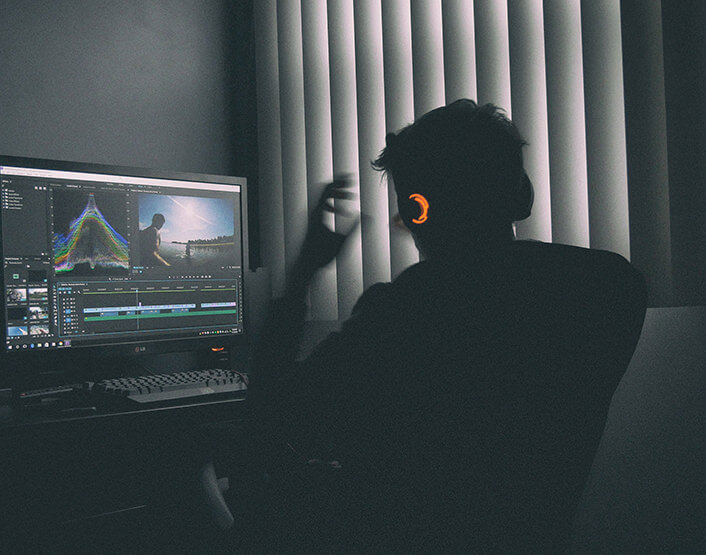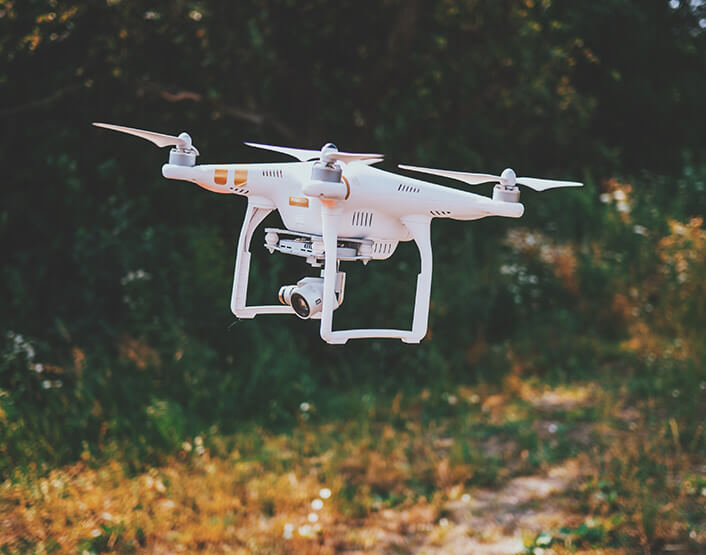Most photographers would worry about the battery life of the drone and the SD card capacity of the camera. But there is another important thing that photographers and videographers must focus on before doing a drone videography and that is finding the right location.
Know your script
You have a story to tell, so the site of your shoot must match the setting of your story in your drone videography. When evaluation locations, you will likely face countless possibilities: natural areas, historical buildings, landscapes, urban jungle, waterfront settings, etc.
Choose a location that will help tell the story in your script. So, it is important to know what the script demands before selecting a suitable location.
Scout at different times
A location can change with the difference in time. A park will look safe and peaceful during the day; almost like a sanctuary. But at night, this park can turn scary and difficult to navigate. All of the places you will scout will dramatically vary on the time of the day, the day of the week, and the season of the year.
Test the light
Test your shots at different times. The quality of the photo will change with the time of the day. It is important that you test a couple of shots first before zeroing in on a location.
In many cases, you may want to bring lights with you to achieve the quality you want. You could also simply replace the existing bulbs with your own. Just make sure to ask permission from the building or park management.
Check for power supplies
Many outdoor locations are far from power sources. Some indoor locations may also pose power source problems. Make sure to bring fully charged batteries with you. Bring extra battery packs if possible because depending on how long the shoot would be, your batteries could easily give up on your equipment.
Listen
Do you know how hard it is to shoot a video when there is too much noise? If you are shooting in a public park, for example, you won’t easily be able to drown out the noise comes post-production. The whooshing of traffic, the white noise of water, and the echoes of voices and movements will get in the way of a high-quality audio.
Check these conditions before deciding on a location. You may also need to use a high-quality microphone and headphones to determine the level of noise in the area.

